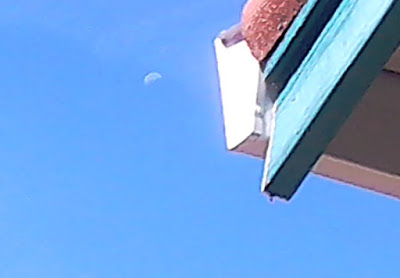Let us examine Krishna’s statement.
1. Neither Bhishma nor Yudhishthir nor anyone else from many others gathered around Bhishma asked Krishna to state how many days of Bhishma’s life remained. Why ask? They all knew! Bheeshma being a Dnyani, must have known on the day he fell down itself, how many days remained till start of Uttarayan.
2. On the tenth war day also, the subject of ‘days to Uttarayan’ was not raised by anyone from among all the assembled Kourava-Pandavas or all Rajas or rishi-munis. All knew it with reasonable accuracy.
3. When Vyasa asked Yudhishthir to meet Bhishma to learn Rajadharma he didn’t mention days still available but had invoked a sense of urgency, by his advice to do so ‘before Bheeshma ends his life’.
4. ‘56 days still balance’ on this day of visit therefore appears very doubtful.
5. I have carefully read the text of the shloka. Although I don’t claim deep knowledge of Sanskrit, I believe the shloka does not rule out a simple interpretation that ‘56 days remaining’ were from the event of the fall of Bheeshma, not from the day of this conversation. The text does not say ‘शेषं’ from when unambiguously.
6. On the other hand, 56 total days on deathbed would mean 57 nights, counting the night of Bhishma’s fall, till the morning of first day of uttarayana. Compare this with what Bheeshma said just before dying, ‘he spent 58 extremely painful nights’. The matching is far too perfect to ignore!
7. In my opinion it calls for only one conclusion. Krishna and Bhishma are saying the same thing! 57 or 58 nights on deathbed. There is no contradiction. (Bhishma may have spent one extra day to be sure that Uttarayana had really started.)
Remaining references 121 to 130.
These references pinpoint some events during the conversation between Bhishma and Yudhishthir in Shanti and Anushasan Parva. Mention is made of Yudhishthira returning at end of first and second day and of his going to Bhisma on the second day. No other breaks at end of day are highlighted. Did he visit only on 2 or 3 days? The possibility cannot be ruled out. After the end of the dialogue, Bhishma asks Yudhishthira to go back to Hastinapur and return when Uttarayan occurs. Ref 129 describes Yudhishthira returning with many others to Hastinapur. How many days were actually spent in this dialogue? There is no way to establish.
After Yudhishthira’s return, under Ref. 130, there is again mention of Abhishek to Yudhishthira, payment of compensation to war victims, admin. appointments etc and spending 50 days in the town before realizing that the time to visit Bhishma had arrived. Had Yudhishthira not taken care of all these matters much earlier, immediately after returning from Ganga and entering Hastinapur? This description and mention of 50 days therefore is clearly an interpolation.
On the other hand, in (Ref. 127), in Shanti-GP 302 – 4, more or less at the end of Shantiparva, Yudhishthir specifically told Bhishma ‘your days while in dakshinayana are almost over.’ Shri. Oak quotes this reference and then, without batting an eyelid, says ‘This then is the reference made on 52nd day before Bhishma Nirvana’. Really? I am tempted to say, ‘You must be joking!’
One can clearly see that the various references and days mentioned or estimated are repetitive, meandering and confusing. The subject matter covered in Yudhishthir – Bhishma dialogue in Shanti and Anushasan Parvas is so enormous that, if it is assumed to have been physically recited and explained by Bhishma to Yudhishthira, it could take a very large number of days! A definitive time line of events between end of war and Bhishma’s death can not be built based on these various references. It could stretch to even 200 days if one wants! (10 days till funerals, travel to Ganga and jalanjali + 30 at ganga + 15 in Hastinapur for corronation etc. before visit to Bhishma, then say 90 days for the full Bhishma-Yudhishthira dialogue + 50 days after returning, at Hastinapur).
I will state my conclusions in the next post.



